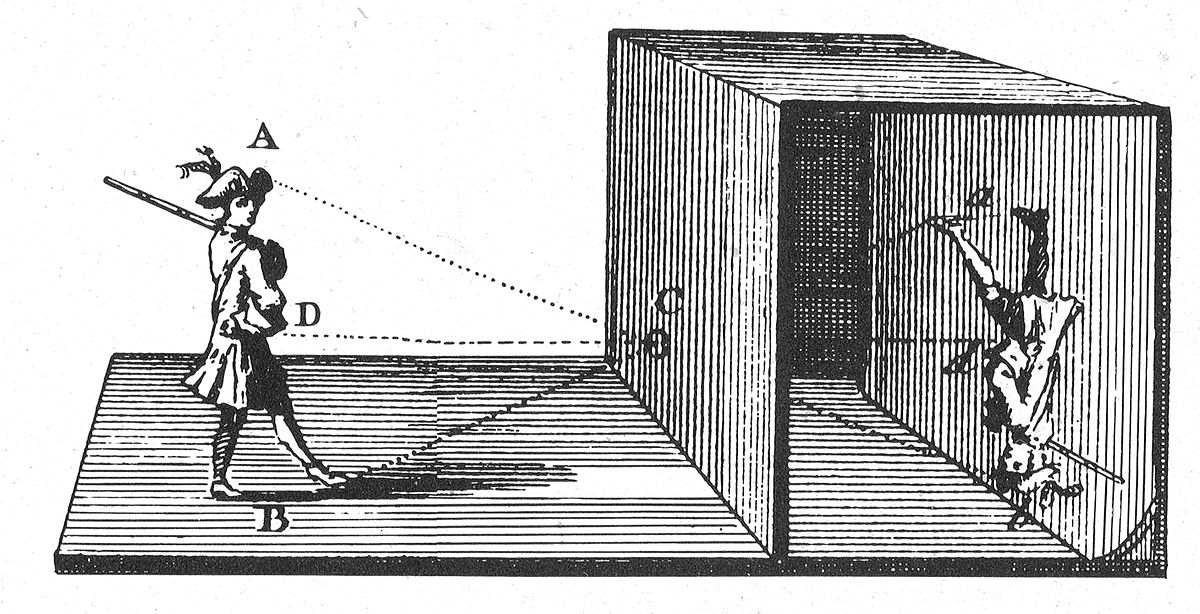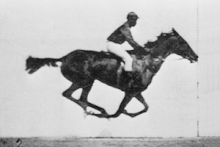The History and Development of Film and How It Differs From Today
Ever wanted to know how film came to be? Its roots are buried deep within history, even before the invention of the camera and photography!
Time-keeping became a part of the Medieval society (due to the invention of the clock) and became a part of the social fabric as it gave structure to society, and space became objectively defined through cartography (the practise of drawing maps) as exploration of 'new worlds' became an important part of civilisation.
After the invention of the Camera Obscura (dating back to Medieval times), and the Daguerrotype Camera invented in 1837 by Louis Daguerre and those that followed soon after, the potential for film became possible. Below is an illustration of the Camera Obscura and how it worked:
Time and space were used in relation to movement; Eadweard Muybridge was one of the first people to use 'still photography' to create what became known as animations. Placing images sequentially one after the other seemingly brought a group of similar photographs together. Muybridge's famous horses animation is shown below:
After Muybridge's ability to animate photos, people began to look at how to capture a moving scene.
Thomas Edison patented the Kinetoscope and Kinetograph, and the Lumiere Brothers patented the cinematograph (a film projector) with the first screening of projected motion pictures using the cinematograph in 1895.
Early cinema began to resemble the theatre, as cinema used sets, and the acting style was theatrical much like within the theatre. It was also chosen to resemble to 'fairground attractions' of the time. Early films focused on seeing through the camera- actors performed to the camera as if their audience was behind it.
So- how has film changed?
Film has developed immensely since its early beginnings embedded within the 19th century. While early cinema/film was all in black and white, silent and only shown in public places, film has developed to be readily available at anybody's fingertips at any one time. The length of films also used to be quite short, as camera film would run out after sequentially taking photo after photo to create an animation, whereas now films can range anywhere from a minute to 3 hours.
The Lumiere Brothers early films showcase what early cinema was like in terms of theatrical performance and the way that film was produced:
The Lumiere Brothers early films showcase what early cinema was like in terms of theatrical performance and the way that film was produced:
Actor and character development has become an important part of cinematography and filmmaking, with the addition of colour and sound and new technologies that allow any creator to share content, whether it be a television channel, a cinema, or platforms such as YouTube and Netflix, film and the filmmaking process can be found almost anywhere. A short film like this is not uncommon to be displayed on platforms now readily available to millions of people worldwide:
Anyone can make a film now, even just with the use of the record button on their mobile phones, making film so accessible and a part of everyday life.
-Isobel
-Isobel


Comments
Post a Comment